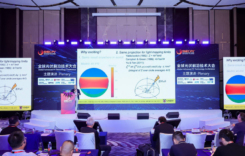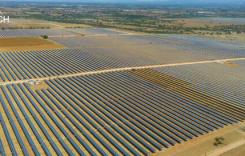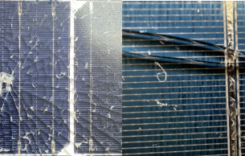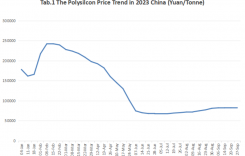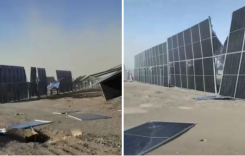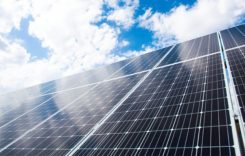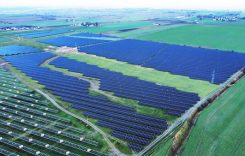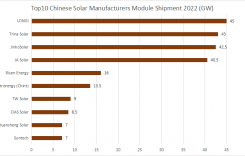PVTIME – Panasonic has sent shockwaves through the North American renewable energy market by announcing its decision to discontinue its photovoltaic (PV) and battery storage businesses. In a letter to its North American installer partners signed by Naoki Kamo, President of Panasonic Ecosystem North America, the company outlined the significant strategic shift. The full contents of the letter were shared by an installer on Reddit, while partial details were also made available on Panasonic’s official website.
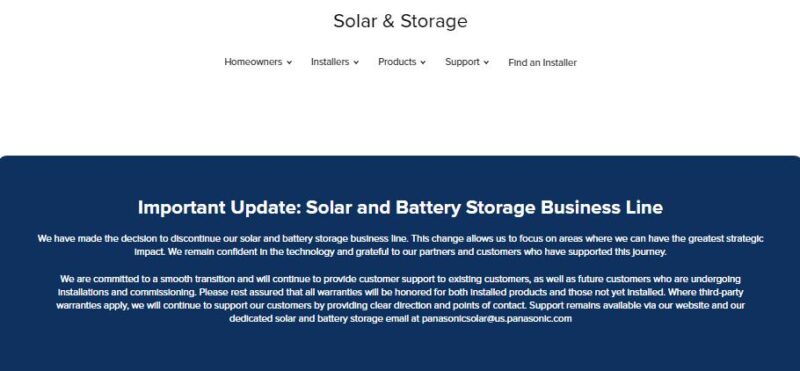
The move comes as the company looks to reallocate its resources to areas where it can have the greatest strategic impact. Despite this exit, Panasonic remains confident in the technology and has expressed its sincere gratitude to the partners and customers who have supported its journey in solar and battery storage.
Panasonic has ensured a seamless transition for its customers. It has committed to providing ongoing support to existing customers and those in the process of installation and commissioning. Crucially, the company will honour all warranty obligations, whether for installed products or those yet to be fully installed. Where third party warranties are applicable, Panasonic will provide clear guidance and contact points to ensure that customers receive the necessary support. Support will be readily available through the company’s website and a dedicated email address, panasonicsolar@us.panasonic.com.
Looking back at its history in the PV industry, Panasonic made a significant entry in 2009 by acquiring Sanyo Electric, a leading innovator in heterojunction PV cell technology. This acquisition enabled Panasonic to introduce high-tech HJT modules to the global market. In the 2010s, the company expanded its manufacturing footprint, starting local production at its Buffalo plant in the US and establishing additional module manufacturing bases in Japan and Malaysia. However, as the pace of technological evolution in the industry accelerated, Panasonic faced increasing challenges due to its relatively high production costs. This led to the decision in 2022 to cease in-house production and outsource module manufacturing to third-party facilities.
Mukesh Sethi, a former director of Panasonic’s solar business, previously explained the rationale behind the change. He noted that the PV industry has seen dramatic changes in the last three years. The advent of large cell technology had forced companies to invest billions of dollars in upgrading production lines, while falling module prices had squeezed profit margins. The constant need for manufacturers to invest in new equipment to remain competitive had simply become unaffordable for Panasonic.
While exiting the residential solar and storage markets, Panasonic is redoubling its commitment to other strategic sectors. The company will continue to invest heavily in the production of batteries for electric vehicles. In 2022, it announced a massive $4 billion investment in the construction of a battery factory in Kansas, USA, which is expected to be completed in the first half of 2025. In addition, Panasonic will actively pursue investments in other clean energy technologies, such as heat pumps, as it charts a new course for sustainable growth.

Scan the QR code to follow PVTIME official account on Wechat for latest news on PV+ES



